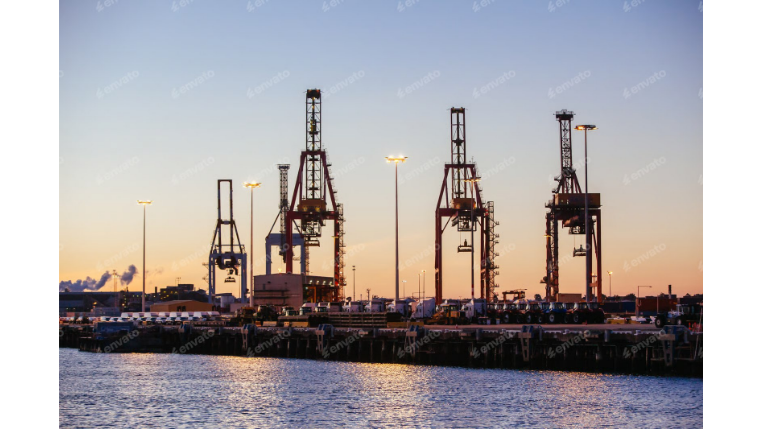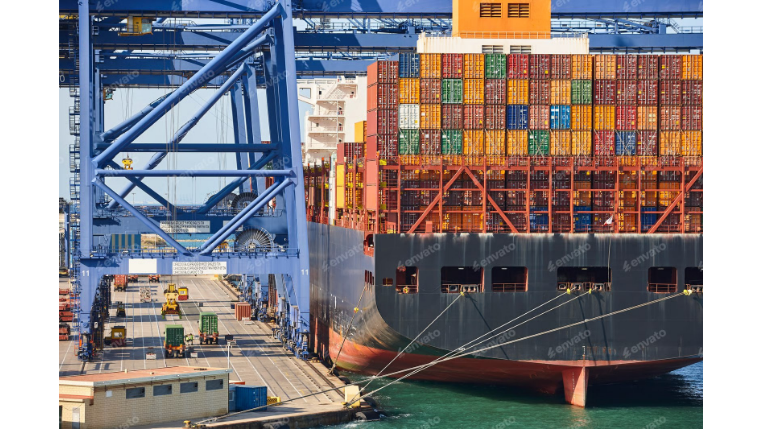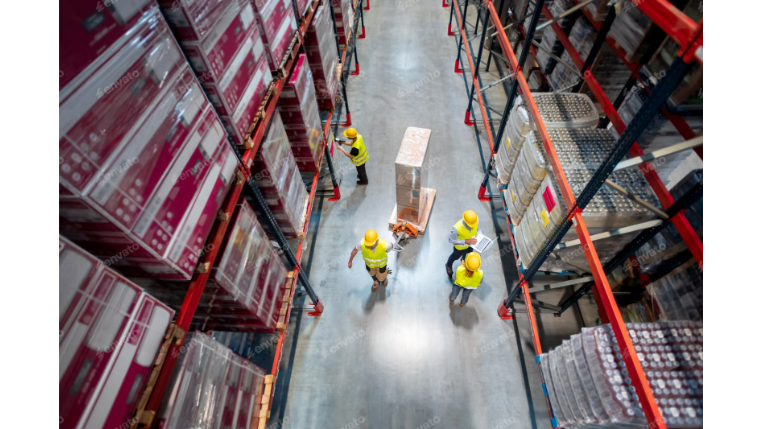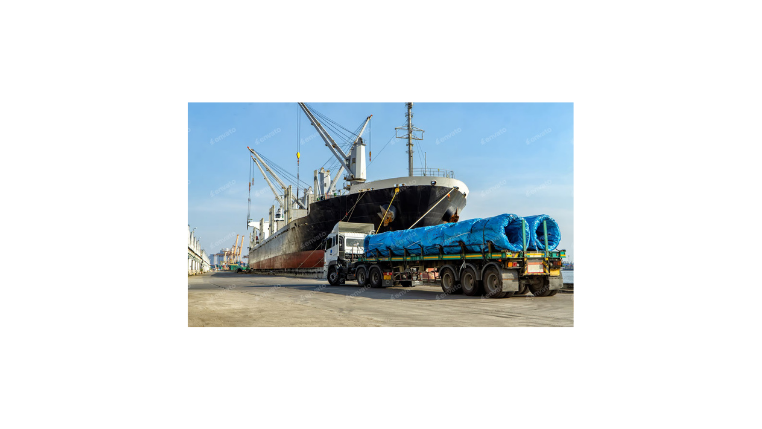The State of UK Logistics in 2025: A New Era of Transformation
In an era defined by rapid digital transformation, global disruptions, and increasing demand for resilience, the logistics, transportation, and supply chain sector in 2025 is more pivotal than ever. These trends serve as vital indicators for industry professionals looking to connect, innovate, and shape the future of UK supply chain operations.
Sustainability and Green Logistics: A Strategic Imperative
Sustainability is no longer a corporate buzzword but a core operational necessity, driven by regulatory pressure and consumer demand.
- Decarbonisation Efforts
The UK's push towards net-zero emissions is driving massive investment in low-carbon transport. This goes beyond theory and into practice with companies like Tevva and Volta Trucks pioneering electric and hydrogen-powered HGV solutions. Major retailers such as Tesco and DPD are also aggressively expanding their electric vehicle (EV) delivery fleets to reduce last-mile emissions.
- Advanced Risk Management ToolsEco-friendly Warehousing
The focus on sustainability extends to the warehouse. Companies are incorporating renewable energy sources like rooftop solar panels and investing in energy-efficient cooling systems. Modern warehouse design now prioritizes sustainability to align with BREEAM (Building Research Establishment Environmental Assessment Method) standards, reducing both environmental impact and long-term energy costs.
Sustainable Packaging Solutions
There is a significant shift towards biodegradable and recyclable packaging materials. Businesses are actively seeking alternatives to single-use plastics and are adopting circular economy principles to reduce waste across the supply chain.
Digital Transformation and AI Integration
Digitalisation continues to expand, with AI and automation improving efficiency and reducing operational risks.
- AI-Powered Predictive Analytics
Companies are leveraging AI platforms like Blue Yonder or SAP IBP to forecast demand fluctuations, optimize inventory, and improve decision-making. These tools analyze historical data, market trends, and even external factors like weather to predict stock needs with unprecedented accuracy.
- Automation in Warehousing
Robotics and automated storage and retrieval systems (AS/RS) are streamlining inventory management. UK-based Ocado Group is a global leader in this space, using a hive of autonomous robots to fulfill grocery orders. Similarly, "cobots" (collaborative robots) from companies like Locus Robotics work alongside human employees to accelerate picking and packing processes.
- Blockchain for Enhanced Transparency
Secure, real-time tracking of shipments via blockchain technology is enhancing trust. Initiatives like TradeLens, backed by industry giants, are working to create a shared, immutable record of shipping events, reducing fraud and improving visibility.
- The Impact of the Electronic Trade Documents Act (ETDA)
The implementation of the ETDA is a game-changer for UK trade. This act gives electronic trade documents the same legal standing as paper ones, effectively digitizing crucial paperwork like bills of lading. This eliminates paperwork, dramatically reduces processing times, and increases efficiency in global trade operations.
Supply Chain Resilience and Nearshoring Strategies
Recent global disruptions, from the pandemic to the Suez Canal blockage, have highlighted the fragility of long-distance supply chains. In response, businesses are focusing on building resilience.
- Diversification and Nearshoring
To mitigate risks, companies are reducing their dependence on single-source or single-region suppliers. There is a clear trend towards nearshoring (shifting manufacturing to nearby countries) and reshoring (bringing manufacturing back to the UK) to shorten shipping times and increase stability.
- Advanced Risk Management Tools
AI-driven monitoring and predictive analytics platforms help businesses anticipate and mitigate potential supply chain disruptions. These tools scan global news, weather patterns, and supplier data to flag risks before they impact operations, allowing for proactive contingency planning.
The E-commerce Boom and Warehouse Demand
The continued growth of e-commerce is reshaping UK logistics, driving unprecedented demand for strategically located warehouses and faster delivery solutions.
- Expansion of the "Golden Logistics Triangle"
The "Golden Logistics Triangle" in the Midlands remains the UK's logistics heartland, thanks to its prime location for national distribution. Regions like Northamptonshire and Leicestershire are seeing massive investment in new, large-scale warehouse infrastructure.
- The Rise of Micro-Fulfillment Centers
To meet consumer demand for rapid delivery, retailers like Amazon and rapid-delivery services like Getir and Gopuff are investing in small, automated, urban warehouses known as micro-fulfillment centers (MFCs). These centers enable rapid last-mile delivery, often in under an hour.
Enhanced Visibility and Real-Time Tracking
Customers and businesses alike are demanding greater transparency in logistics operations.
- IoT-Enabled Tracking Devices
GPS and RFID technologies are now standard, but the new wave of IoT-enabled tracking devices provides much more. Smart sensors can monitor not only a shipment's real-time location but also its condition—including temperature, humidity, and shock impact—which is critical for sensitive cargo like pharmaceuticals and fresh food.
- End-to-End Visibility Platforms
Companies like Project44 and FourKites offer integrated platforms that provide customers with full transparency from the moment an order is placed to the final delivery, consolidating data from multiple carriers into a single dashboard.
Workforce Challenges and Automation Solutions
The UK logistics industry continues to face significant labor shortages, particularly among HGV drivers and warehouse staff.
- Robotics in Warehousing and Distribution
To combat these shortages, companies are accelerating their investment in automation. Automated systems are reducing reliance on manual labor for repetitive tasks, improving efficiency, and minimizing picking errors.
- Training and Upskilling Programs
There is a growing focus on workforce development. Businesses are investing in apprenticeship programs and training to fill skill gaps in areas like data analytics and robotics maintenance, aiming to create the logistics workforce of the future.
Conclusion: The Path Forward for UK Logistics
The future of UK logistics in 2025 is being actively shaped by the convergence of sustainability, digital transformation, and the need for greater resilience. Businesses that embrace these trends will not only navigate the current challenges but will be better positioned to thrive in an increasingly competitive industry. By investing in green initiatives, leveraging AI and automation, and building flexible supply chains, logistics companies can enhance efficiency, reduce costs, and provide the superior service that modern customers demand.










